Making mistakes during a Yellowstone vacation can detract from the park's natural beauty and wonder.
As one of America's most iconic destinations, Yellowstone boasts a stunning array of geysers, wildlife, and landscapes that mesmerize countless visitors. However, its vastness and popularity also present challenges that can catch travelers off guard.
Being informed about these common missteps can ensure a smoother, more enjoyable experience. Read on as we outline the nine errors to avoid during your Yellowstone visit.
Mistake #1: Underestimating the Size of the Park
Covering an expansive 2.2 million acres, Yellowstone is larger than some U.S. states. This vastness means that merely driving from one point to another can take hours.
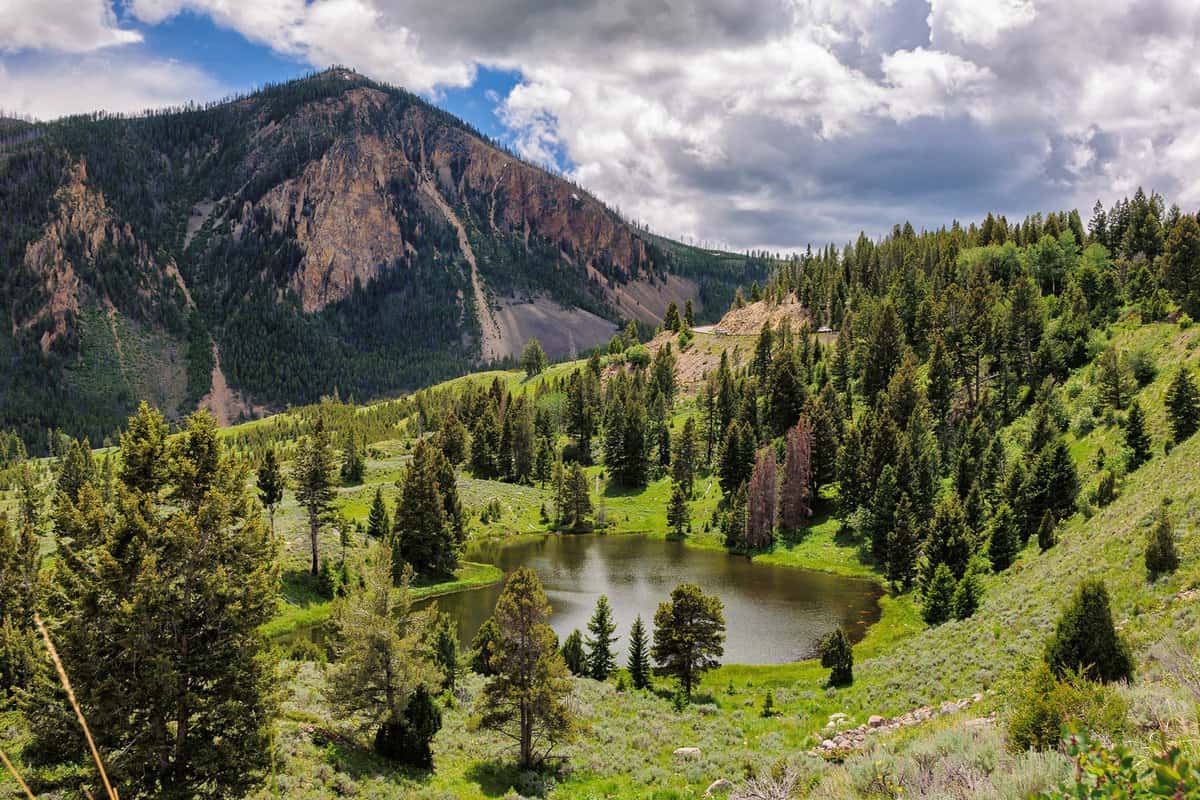
Some tourists mistakenly believe they can cover all the major sights in a day or two, but a more extended stay is advised to truly savor its beauty.
To ensure you make the most of your trip, it's essential to plan your itinerary meticulously. Pre-booking lodging within or near the park will save you the hassle of last-minute searches.
Mistake #2: Approaching Wildlife
The diverse wildlife in Yellowstone, from bison and elk to bears and wolves, is one of its major draws.
However, it's crucial to remember that these are wild animals in their natural habitat.
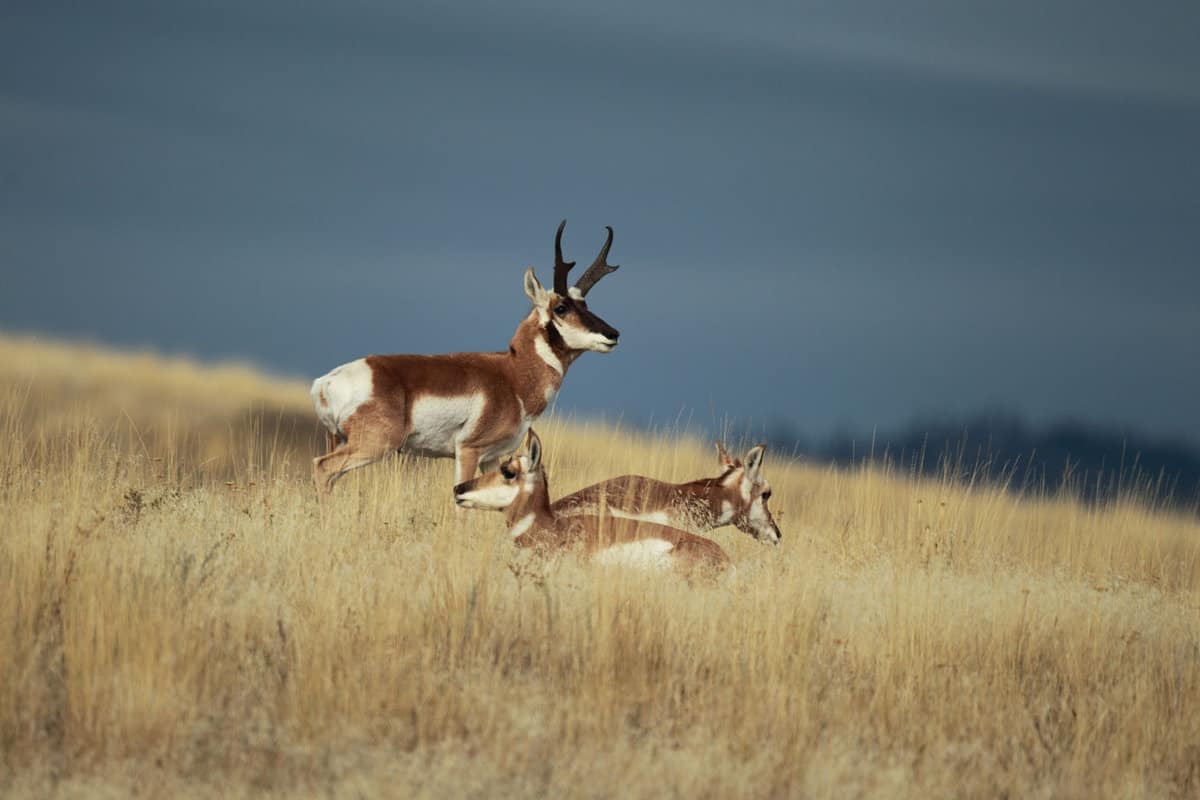
Guidelines suggest maintaining a minimum distance of 100 yards from bears and wolves and 25 yards from other animals.
Feeding or attempting to get close to them for that 'perfect' photo endangers you and disrupts their natural behavior. Respect their space and observe from a distance to ensure safety for all.
Mistake #3: Ignoring Safety Rules at Thermal Features
Yellowstone National Park is renowned for its incredible geothermal wonders, geysers, and hot springs. These natural phenomena are not only visually captivating but also present inherent dangers.
The ground surrounding these thermal features can be deceptive; what looks solid might be a thin crust over boiling water or mud.
It's imperative to adhere strictly to designated paths and boardwalks. Straying from these areas can lead to accidents, with the potential for severe burns or other injuries.
Mistake #4: Not Being Prepared for the Weather
Despite its breathtaking beauty, Yellowstone has a climate that can be pretty fickle. Visitors might experience sunny skies one moment and a sudden rainstorm or even snow the next, especially given the park's elevation.
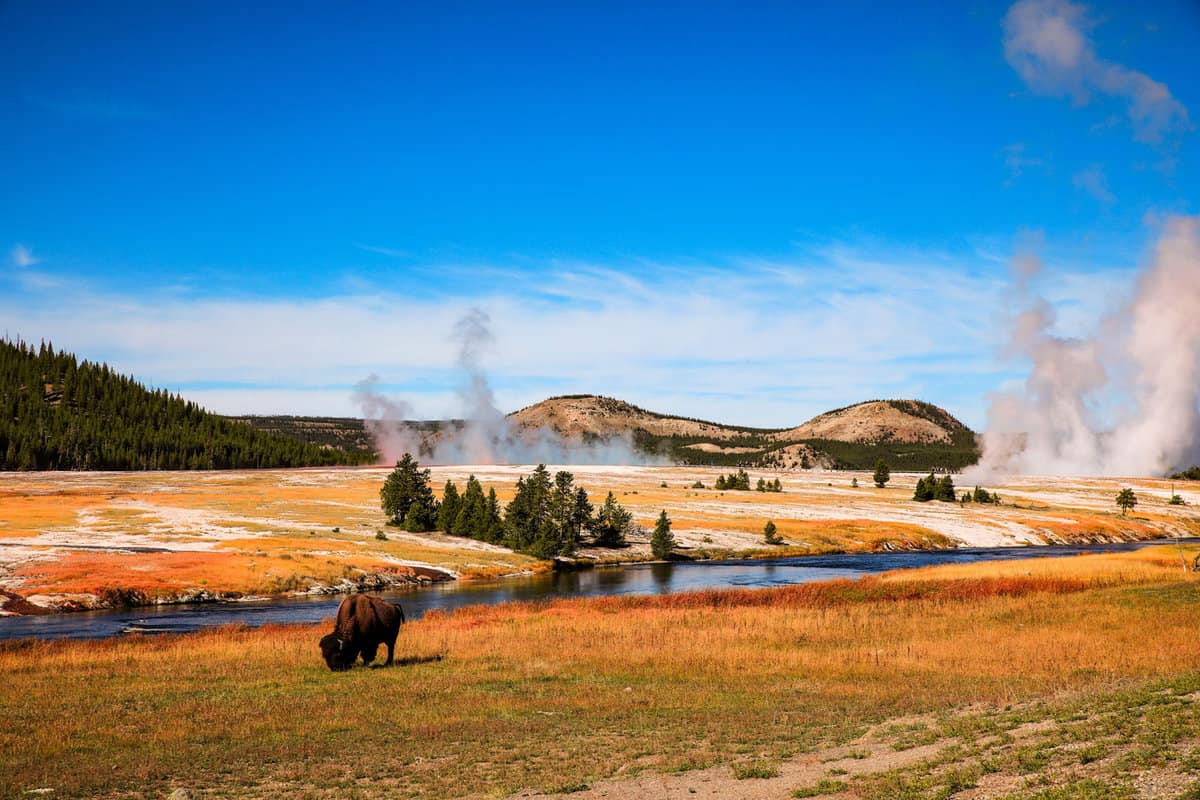
Summer nights can be particularly chilly, catching many off guard. Packing versatile clothing — including layers, waterproof gear, and warm hats — is essential.
By anticipating these weather shifts, you can enjoy the park's splendors comfortably, no matter what Mother Nature has in store.
Mistake #5: Forgetting Bear Safety
Yellowstone is home to both grizzly and black bears, making bear safety paramount for all visitors. Carrying bear spray is necessary for venturing into the backcountry or even on popular trails.
However, simply having it isn't enough; understanding how to deploy it effectively in an emergency can be a lifesaver.
Bears are attracted to scents, so storing food, toiletries, and other scented items in bear-proof containers or the provided bear boxes at campsites is essential.
Taking these precautions ensures your safety, helps keep the bears wild, and prevents them from becoming accustomed to human food.
Mistake #6: Not Booking Accommodations in Advance
Yellowstone's popularity, combined with its limited lodging options within the park, means accommodations can get booked months, sometimes even a year, in advance.
While there are multiple campgrounds, cabins, and lodges within the park, the demand during peak seasons like summer and early fall far outstrips the supply.
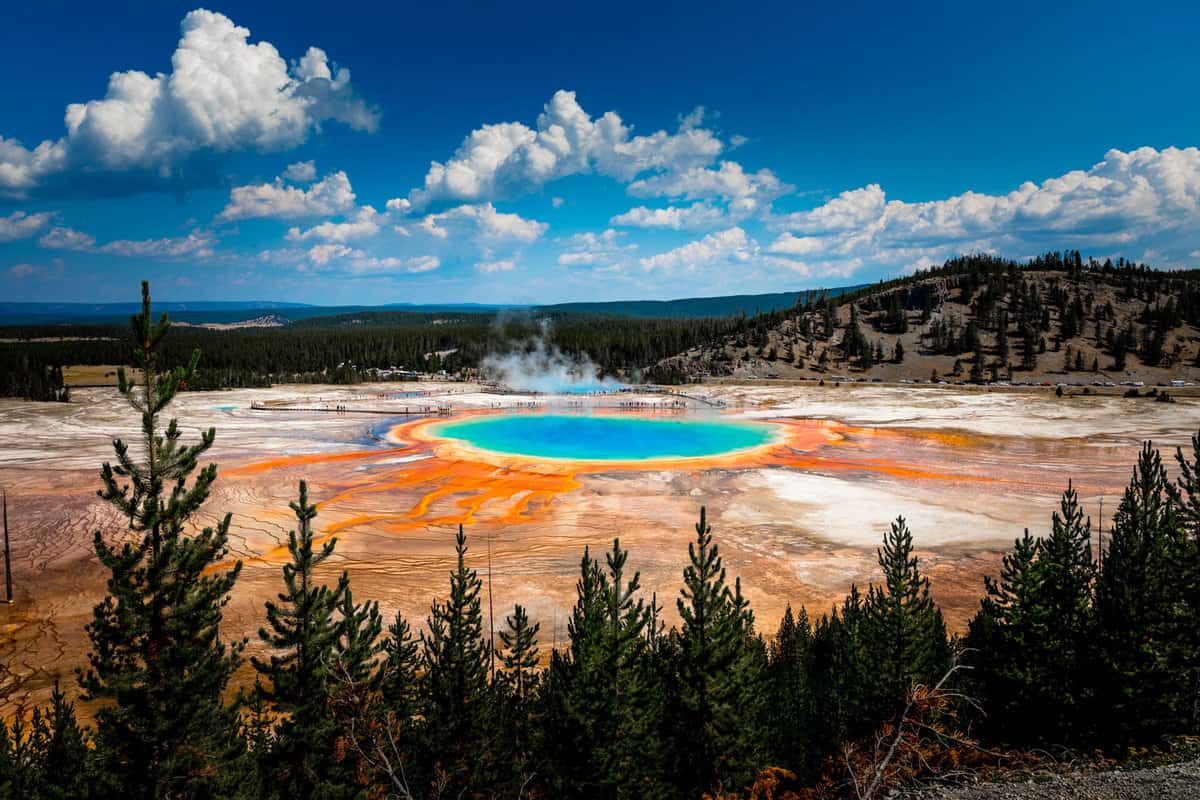
Relying on last-minute bookings or walk-in availability can lead to disappointment and the inconvenience of staying far from the park's main attractions.
Moreover, staying outside the park might mean longer travel times and missing out on prime wildlife viewing during dawn and dusk. Therefore, planning your trip early and securing your stay well in advance can significantly enhance your Yellowstone experience.
Mistake #7: Visiting Only the Main Attractions
Yellowstone is home to the world-famous Old Faithful geyser, which predictably erupts every 60 to 110 minutes, drawing crowds from all over.
But limiting yourself to just this and other well-known attractions means missing out on the park's full spectrum of beauty.
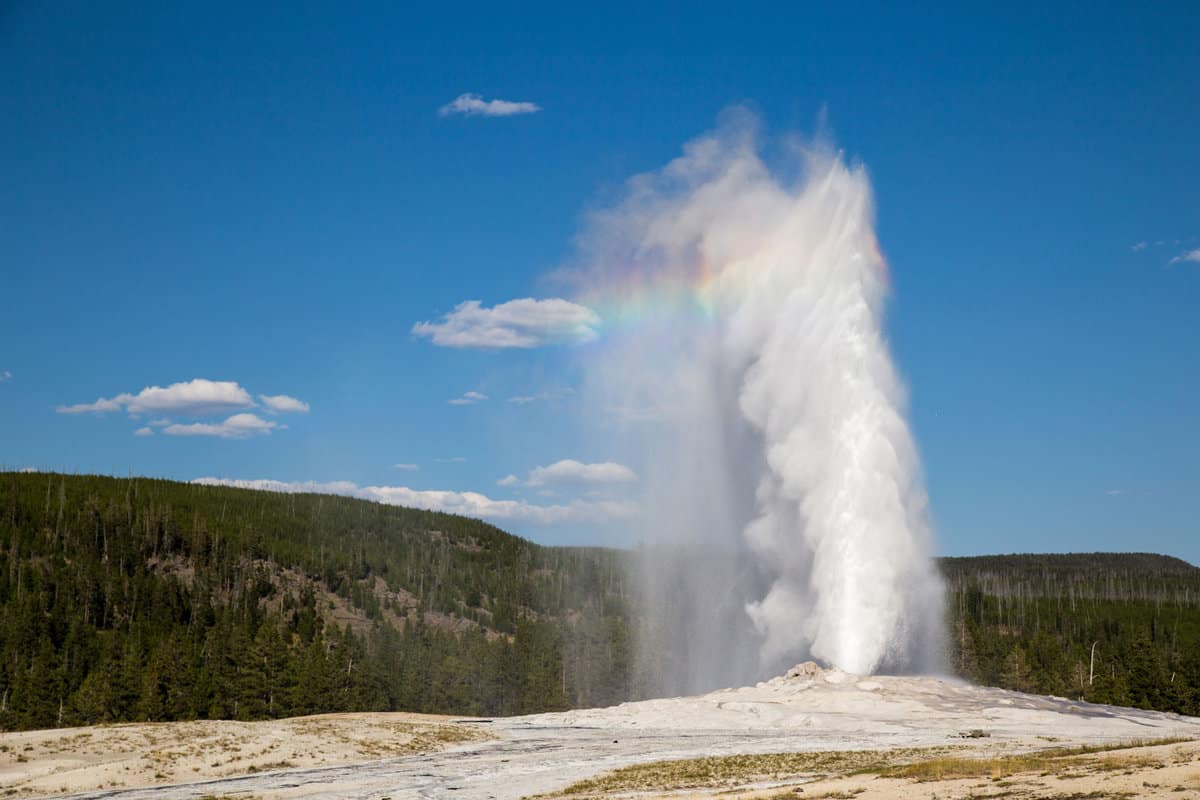
Hayden Valley, for instance, offers panoramic views and is a prime spot for watching bison, elk, and even the occasional grizzly bear.
The Grand Canyon of Yellowstone's vibrant colors and dramatic waterfalls are another lesser-visited wonder. By venturing beyond the most popular sites, you can experience Yellowstone's lesser-known areas' tranquility and untouched beauty.
Mistake #8: Not Respecting the Environment
Yellowstone National Park is not just a tourist destination; it's a protected ecosystem, home to numerous plant species and hundreds of animal species.
The Leave No Trace principles are essential guidelines to ensure visitors minimize their impact on this delicate balance.
By staying on designated paths, you protect the environment and yourself, as wandering off can disturb wildlife and harm delicate vegetation.
Packing out all trash helps maintain the park's natural beauty and prevents wildlife from consuming harmful substances. Lastly, refraining from picking plants or disturbing wildlife ensures that future generations can enjoy the park in its pristine state.
Mistake #9: Failing to Plan for Altitude
Yellowstone National Park encompasses a vast range of altitudes, with some areas reaching elevations of over 8,000 feet above sea level.
This significant elevation is much higher than what many visitors are accustomed to in their daily lives.
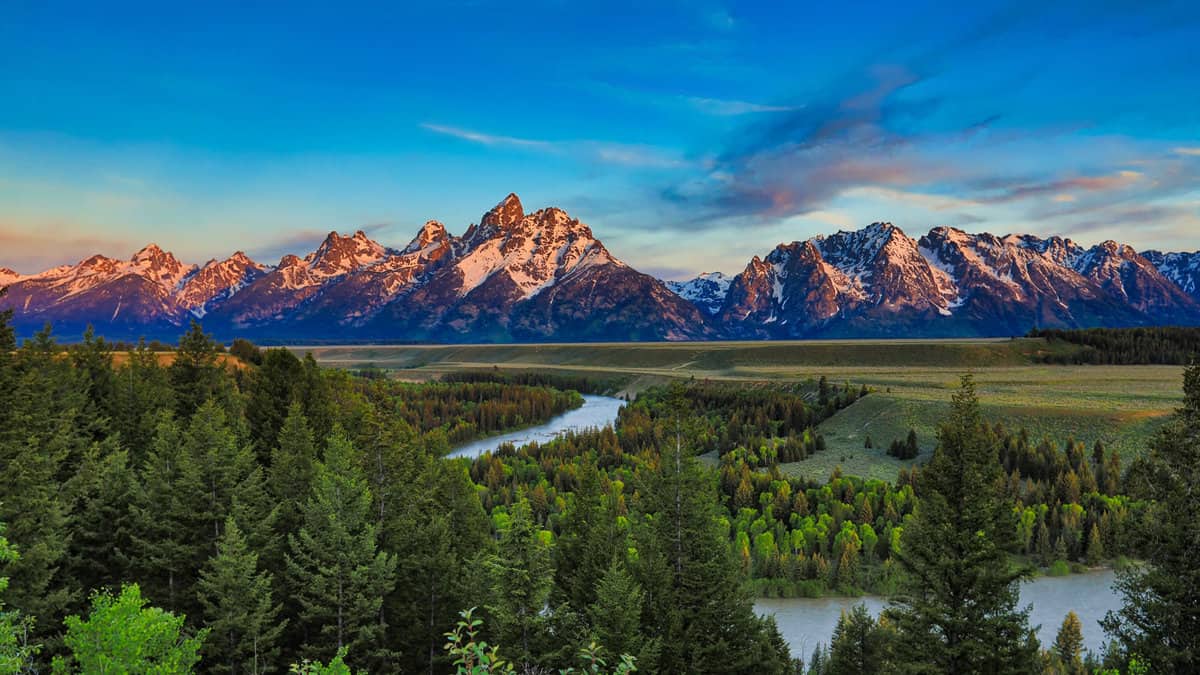
At such heights, the reduced oxygen levels can lead to altitude sickness, characterized by dizziness, nausea, and shortness of breath.
Visitors must drink ample water to stay hydrated and to pace themselves, especially during their initial days in the park.
Continuous self-monitoring and understanding your body's response to the altitude can prevent complications and ensure a more comfortable visit.
Mistakes Not to Make in Yellowstone: Final Takeaways
Ultimately, Yellowstone is more than just a national park; it's a testament to nature's grandeur and mystery.
Avoiding these mistakes isn't just about ensuring a hassle-free trip; it's about fully immersing yourself in and respecting this majestic place. Remember, the lessons we learn from our mistakes make the journey memorable.
So, pack your bags, be mindful of potential pitfalls, and let Yellowstone's wonders truly captivate you.
Here's to flawless adventures and memories that last a lifetime!
Got the Yellowstone tips down? Next up: avoiding Florida faux pas and prepping for Israel. Check out:
9 Mistakes To Avoid On A Florida Vacation
What to Pack for a Trip to Israel? (And What Not to Bring Along!)


